Malta Public Transport Services (Operations) Limited increased its operating profits to €1.3 million in 2021, according to its latest published accounts, in a year that saw lower patronage because of the ongoing Covid-19 pandemic.
Net profits for 2021 were of €472,973 2021 following a loss of €1,425,673 in 2020.
At the same time, the government will be increasing its subsidies for the Spanish Autobuses de León to a new record of €54 million this year, even though Transport Minster Aaron Farrugia recently admitted the service does not run on time and is inefficient.
In a recent interview, Farrugia acknowledged the tens of millions of euros being spent on public transport every year had not yielded any particular improvements and that traffic congestion remains at an all-time high.
But despite such a dismal assessment by the minister himself, the government is still increasing the annual subsidies.
Research conducted by The Shift shows that while Arriva was taking in an average of €8 million a year in subsidies, the new Spanish service is costing taxpayers almost four times as much at an average of close to €30 million a year.
Since its start of operations in 2015, Malta Public Transport Services (Operations) Limited has received a total of €229 million in state subsidies up to last year but it has still had accumulated losses of €1 million since the
company began operations.
This excludes the additional amount of €8 million that the company invested to purchase the company from government in 2015. This means that between 2015 and 2021, the company did not yet generate any profits notwithstanding the investment.
Subsidies, meanwhile, are still on the rise, with €40 million in concession subsidies being paid this year, plus an additional €14 million subsidy for the free service now being offered to Maltese citizens and residents.
Budget 2023 has increased the subsidy by a further €2 million to €40 million, as compared with the €23 million subsidy it started with in its first year of operations.
This year’s budget also increased the subsidy for free bus fares by €5.4 million to €14 million.
A survey published by the Association for Consumer Rights People last month found that more were willing to make use of the bus service in Malta if there were to become more reliable, punctual and more frequent.
Almost half of those surveyed said they hardly ever used public transport, while close to 70% said they are still not willing to use the bus service even now that it has been made free of charge.
The results were referred to the Malta Council for Economic and Social Development’s civil society committee, which has drawn up a set of proposals for the Transport Ministry and Malta Public Transport to address the shortcomings.
The company recently purchased 25 new electric buses for €15 million which just arrived in Malta and which will be put in service in the coming weeks.
Malta Public Transport also recently published its passenger numbers for January 2023 which represent an increase of 59% when compared to January 2022, and an increase of 17% when compared to January 2019.
In a comment to The Shift, Malta Public Transport said there needs to be more focus on making journeys quicker so that it “can continue to meet the increasing demand for public transport
“People want shorter journey times and a more reliable service, and the company is discussing various improvements to the route network with different stakeholders to make public transport more attractive.”

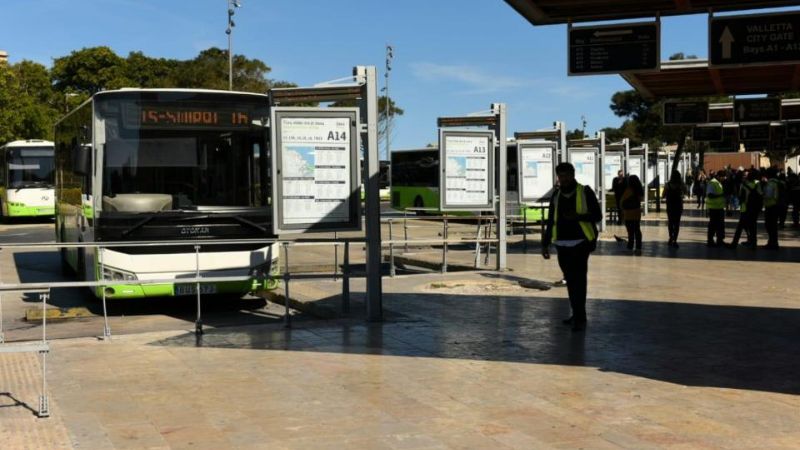
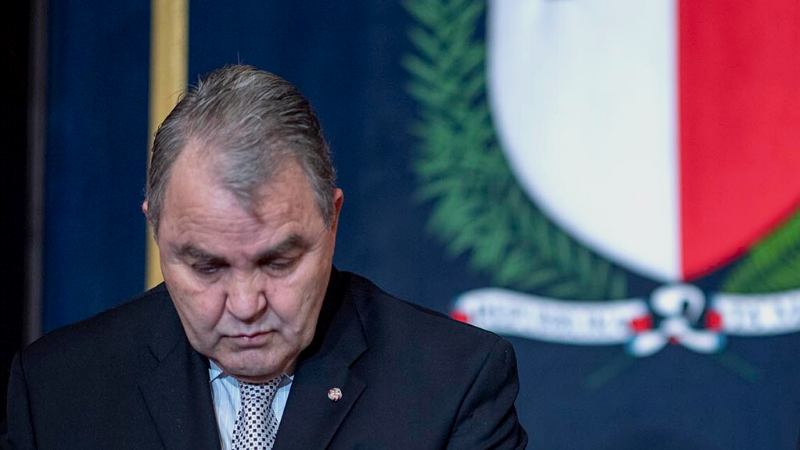
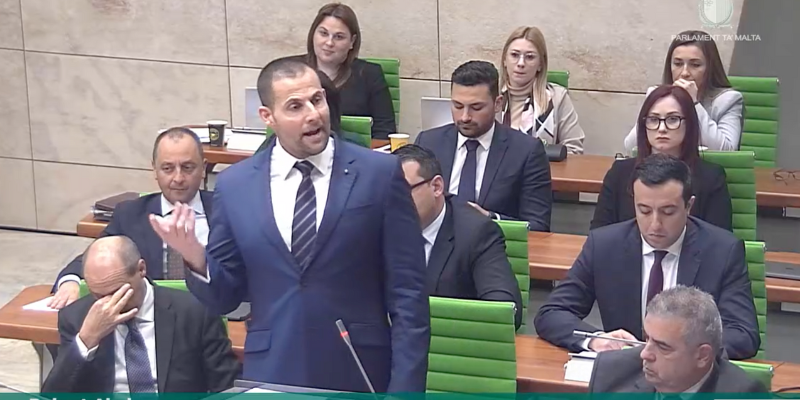
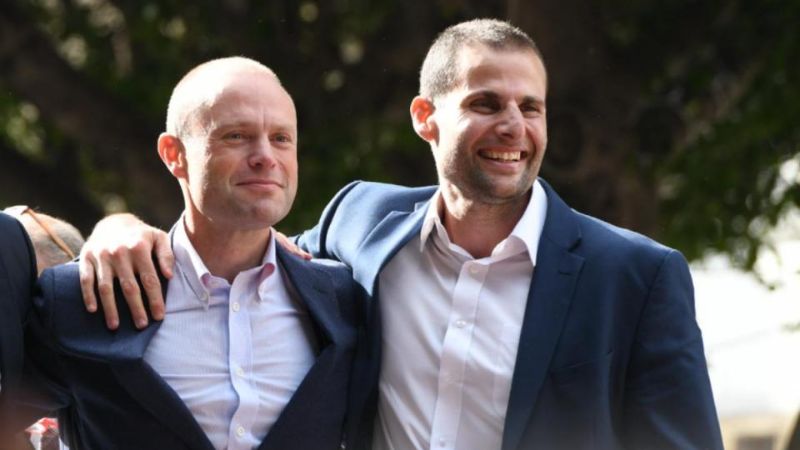
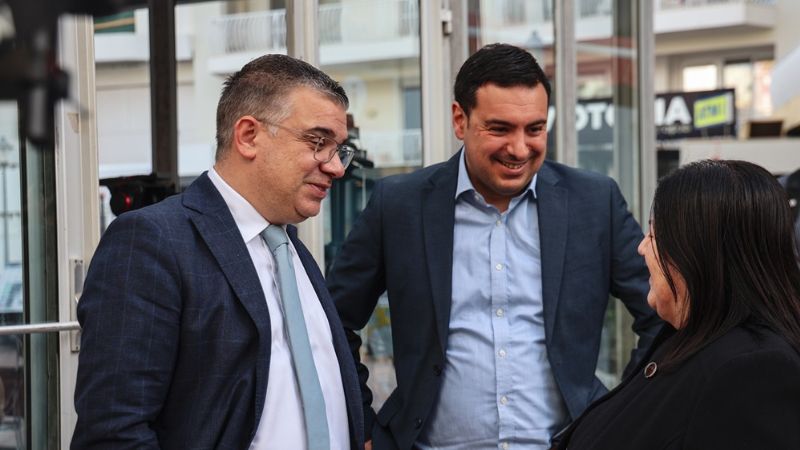
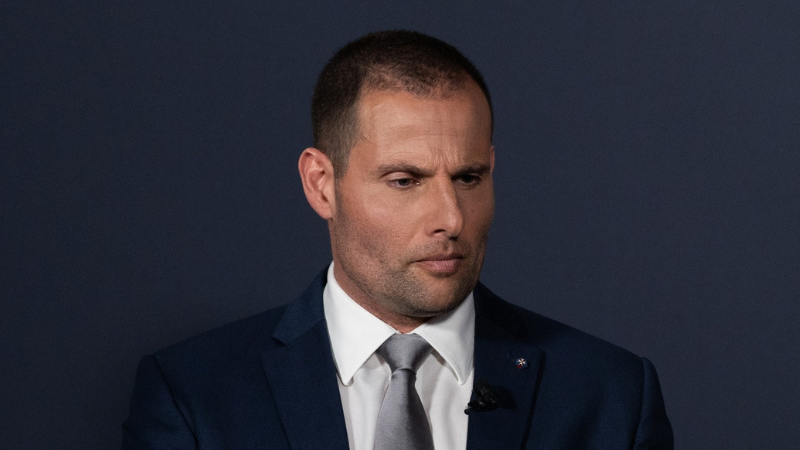






Mafiamalta at its best.
Isn’t the deal with this company another secret one signed of by Joe Mizzi???
Plenty to go around it seems. Asta la vista?
It’s no wonder that the costs have spiralled up due to the nearly free of charge public transport service and still, it lags behind the expectations. The road network of Malta isn’t designed to introduce separate bus lines running parallel to the roads and that was always not feasible in road planning.
It turns out that the public transport for free was just another ‘PL do good’ exercise because they know that if they would mean business in improving public transport, it would go at the expense of individual traffic. That is of course not popular and also costs a lot of money. They might have better invested the subsidies in alternative public transport planning, such as tram lines. But they also need space and where possible their own track lines, separated from the roads themselves.
The Metro idea has probably also been shelved and I guess, it is to remain just some theory which might not materialise in the near future.
The problem was always the inefficient service and not the price. Just another example of our government burning through public money instead of actually using it to improve people’s lives.
Let’s just wait, once again, for the warmer weather and the higher tourist influx to our country.
The proof of efficiency will, once again, show a miserable service provided to possible thousands of users – waiting for time on end in interminable queues on our bus stops and hoping the next one due (countless minutes later) will not be ‘full-up’ like the one which just hasn’t stopped countless minutes before.
Typical examples are the Sliema-to-Valletta and the Sliema-to-Cirkewwa buses.
‘Typical examples are the Sliema-to-Valletta and the Sliema-to-Cirkewwa buses.’
I experienced that all the time when in Malta and for that reason, when going to Valletta from Sliema, I used the bus in the morning and on return the Ferry from Valletta to Sliema. Otherwise I would have to walk up that steep road from the Ferry landing in Valletta. There are several buses going to Valletta from Sliema via the stops along Tower Road or best get to the Strand and board one there. More of a chance to get a seat. It really also depends on the time during the day. Sometimes one is lucky to catch one that isn’t full up, sometimes one really has to wait as felt like for ages for the next one. There’s often a traffic jam somewhere along the bus lines.
The last time I went to Ghadira beach from Sliema, the bus was that crowded as it felt like being cramped into a sardine box. I have given a day trip to Gozo a miss for that reason.
The public transport has improved in some ways (less of the ‘young cowboy style drivers’ as with the old service pre-Arriva), but traffic jams have worsened. But I only had to go with that for one week of a holiday, not the whole year round.
Arriva is still Arriva just under a different umbrella